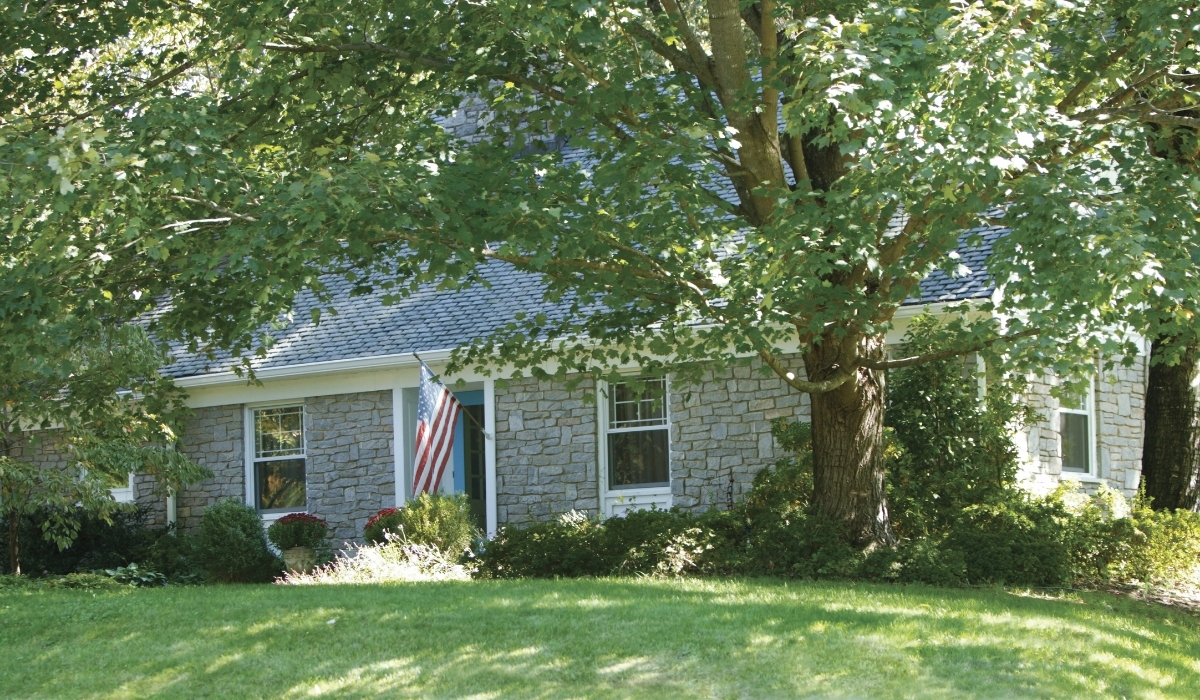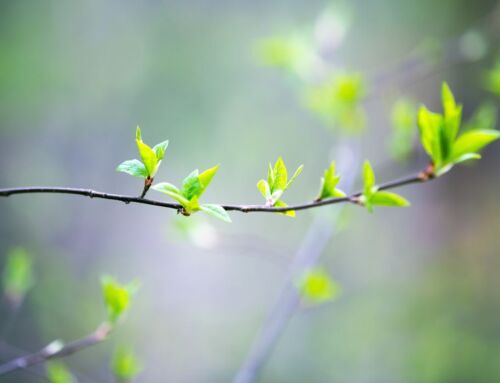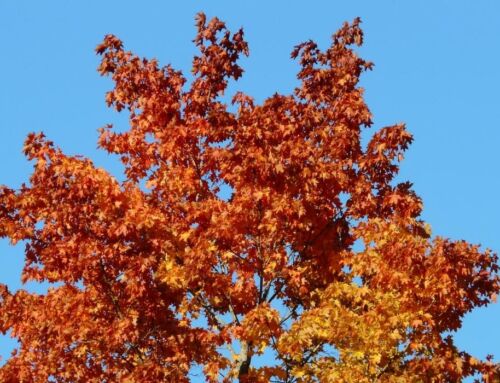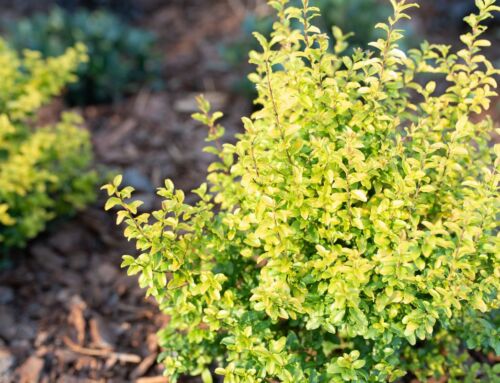Even when spring has passed and summer has fully arrived, sometimes not all trees are on board with the seasonal change. That is often due to the specific scheduled certain kinds of trees have, or some are still recovering from the winter season and maybe even battling certain types of diseases.
Sometimes, it simply depends on the type of tree. Ornamental trees, like plum and cherry, mimic maple trees in how adverse effects due to inconsistent temperatures can have more long-term ramifications. Some trees bloom with the first warm days of the year, but lose that momentum once temperatures dip again. Some trees may even stop blooming again for an entire year.
Crabapples and fruit trees, though, may feature on-and-off blooming patterns. It’s just like it sounds, as these specific types of trees tend to experience major blooms one year and nothing the next, as if it took a year off.
Oak trees and elms, however, may just wait for the final clear sign to bloom. Rather than spruce up at the sight of the first warm weather patterns, such as maple or ornamental-type trees, oaks and elms sometimes bloom in late spring or even summer to assure that the cold winter temperatures are gone for months.
It’s not all genetics, though. Sometimes nefarious effects of disease play a role, which the aforementioned maple and oak trees (among others) simply cannot produce leaf growth. Or, growth occurs but leaves prematurely drop due to anthracnose.
Other causes of little to no growth include the lack of direct sunlight, as plant growth in shade occurs slower—even for shade-tolerant species. Pruning and excessive fertilization can also have detrimental effects, notably when plants are already doing well as is and don’t need to be treated in this manner.
Whatever the cause of low or nonexistent bloom, the experts at Camelot Tree and Shrub Co. will find out and fix it. Many people only get a certain amount of time each year to see their plants in full bloom, so don’t waste that opportunity. Call today for quotes and solutions.





